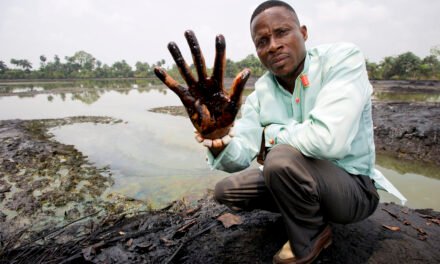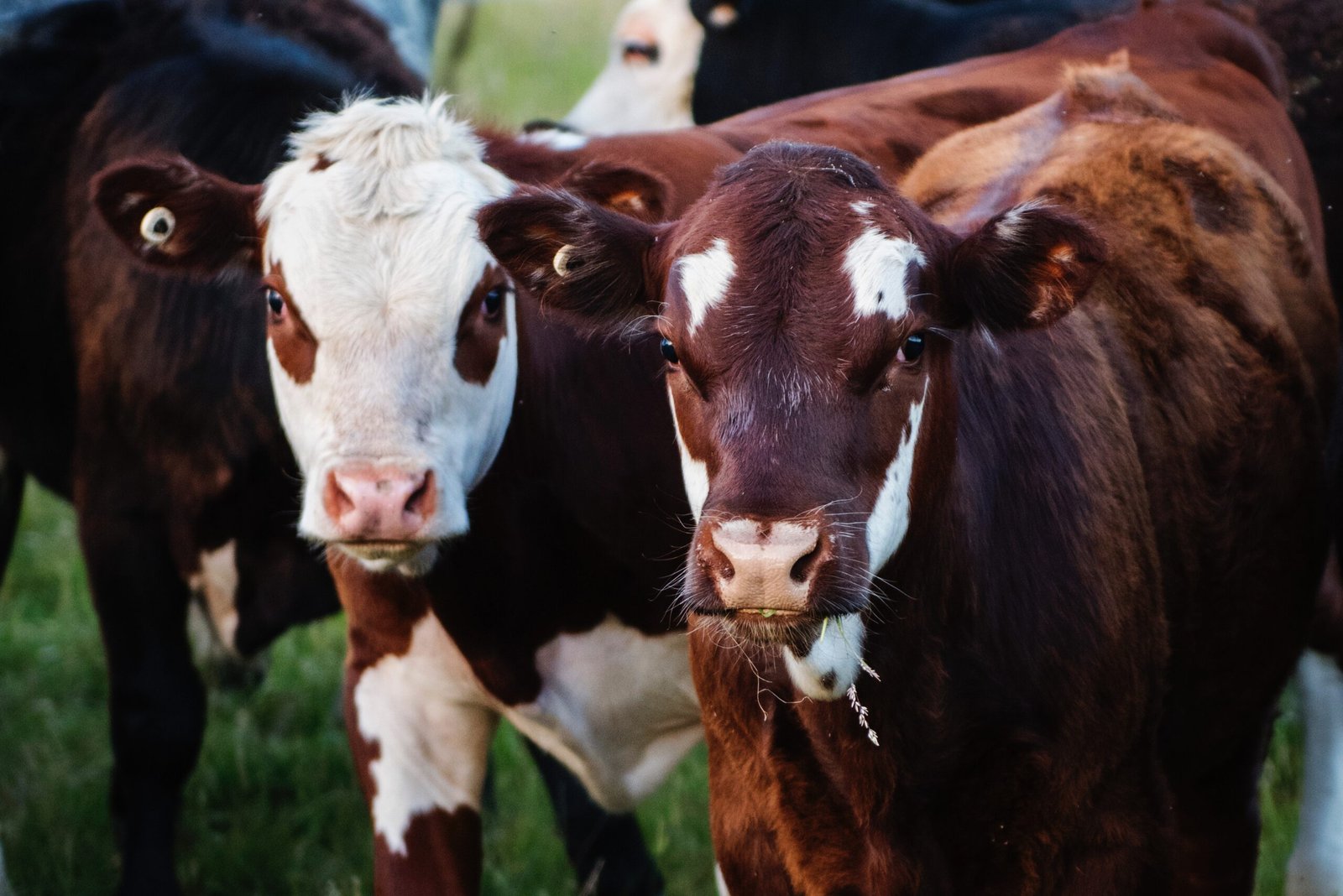The Amazon rainforest, often considered the world’s lungs, is facing a dire situation as its rivers hit record low levels due to an extreme drought. The Negro River, the Amazon’s second-largest tributary, recently reached its lowest recorded level, marking a staggering turn of events just over two years after experiencing unprecedented flooding.
On Monday, the water level at Manaus’s port, situated along the Negro River, plummeted to a mere 13.5 meters (44.3 feet), a stark contrast to the 30.02 meters (98.5 feet) recorded in June 2021 – an all-time high. The Negro River, responsible for draining approximately 10% of the Amazon basin, ranks as the world’s sixth-largest river by water volume.
In addition to the Negro River, the Madeira River, another critical tributary of the Amazon, is also grappling with historically low water levels. This crisis has led to the suspension of operations at the Santo Antonio hydroelectric dam, Brazil’s fourth-largest.
Throughout the Amazon region in Brazil, these low river levels have isolated hundreds of riverine communities, making access to clean drinking water a daily struggle. Furthermore, commercial navigation that supplies the city of Manaus, home to over 2 million people and a significant industrial hub, has been severely disrupted.
Manaus, as the capital of Amazonas, stands at the epicenter of this crisis. In late September, 55 of the state’s 62 municipalities declared states of emergency due to the severe drought.
Boatman Cledson Lopes Brasil, who operates in the Marina do Davi port, a gateway to numerous riverine communities, described the situation, saying, “There is no more water to go through. Navigation is over.” Tourist destinations with sandy beaches have now turned into parched landscapes. To adapt to the shallow waters, Brasil has had to switch to a lower-powered boat, but many communities along the Taruma-Açu, a tributary of the Negro River, remain out of reach. Some residents are forced to undertake arduous three-hour walks to reach their homes, and tourism in the region has ground to a halt.
This drought has been accompanied by high temperatures and dense smoke from man-made fires for deforestation and pasture clearance, further burdening Manaus and its neighboring cities. Tragically, dozens of river dolphins in Tefe Lake, near the Amazon River, have lost their lives, and the drought is the suspected cause.
The current situation is a stark contrast to July 2021 when the Negro River’s waters inundated parts of downtown Manaus, causing extensive damage to crops in riverine communities over a three-month period.
The severity of this drought is alarming, and experts like Philip Fearnside, an American researcher at the Brazilian National Institute of Amazonian Research, warn that it may worsen with climate change. Fearnside points to the unusually warm surface waters in the eastern equatorial Pacific Ocean, which are now warmer than during the 2015-2016 “Godzilla” El Niño event and are expanding. This warming trend in the Pacific has been known to trigger droughts in the northern Amazon.
Furthermore, a warm water patch in the tropical North Atlantic Ocean is causing drought in the southern Amazon, similar to events in 2005 and 2010. Fearnside anticipates a delay in the start of the rainy season and a drier-than-normal period. He cautions that this could not only result in extreme low water this year but also persist into 2024 unless the basin experiences a significant shift in weather patterns.
The Amazon, often seen as a vital force in regulating the world’s climate, is now facing a profound environmental crisis. The unprecedented drought and its consequences in the region underscore the urgency of addressing climate change and safeguarding the planet’s most vital ecosystems.










